Thursday, 2 September 2010
Mother India
Let me defend this blog about India by drawing 2 important links between South Africa and India. It was exactly 150 years ago that the first Indian workers were brought to Natal by the British, confident that they would be as happy to work for low wages in one part of the Empire as in another. And it was in South Africa that the young Cambridge lawyer Gandhi had his first experience of racial discrimination and where he then developed and first tried his strategy of ‘satyagraha’ (non-violent resistance).
South Africa still has a sizeable population that dates from those 1860 indentured workers (and others who have come since). Both Muslim and Hindu, they add to the religious and cultural mix of the country. The 4th ‘race’ under Apartheid – after ‘European’ (white), ‘native’ (black) and ‘coloured’ (brown) – was Indian (a different brown!). This caused endless confusion for the people on the borders of these categories but even more so for people who did not fit in anywhere: Chinese ended up being ‘Indians’, and the Japanese were allowed to be ‘Europeans’.
Being in South Africa has made me much more conscious of being Indian because that is the group to which I am assumed to belong. For example, when I opened a bank account I was asked by the form filler which ‘cultural grouping’ he should mark me down for. I was about to say ‘metropolitan sophisticate’ until he pointed out that the options were ‘black’, ‘white’, ‘coloured’ or ‘Indian’. In the new South Africa you can now self-ascribe your identity (no more pencil tests to see if you hair is curly or straight). But the options are as limited and as ludicrous as before.
It would be tempting to make use of this politically – after all I am a member of one of the ‘previously disadvantaged groups’. But I limit my plastic Paki status to moving freely in Fordsburg, the ‘Indian’ part of Johannesburg, and feeling at one with my brothers as I tuck into a Masala dosai or bargain for cheap shoes or get my hair cut. (In fact, for £15 I get not just a hair cut but an hour’s worth of pampering with head massage, facial, threading and shoulder rub. It is called the complete man – though I think they are over-promising!). However, I should be more careful. I was having a boozy lunch the other day when an ‘Indian’ Muslim came in to the restaurant and I said ‘Salaam Aleikum’ to him. As he replied he saw my wine glass and my pork chop – and all this during bright sunshine in Ramadan!
Anyway, whether tourist, identity seeker or just ‘PIO’ (Person of Indian Origin) I travelled off to India earlier this month. My first visit was to Goa to see aunts, uncle and cousins. Despite the fact that it was monsoon season and so we went nowhere near a beach, it was a great joy to be there and especially to stay in the beautiful 400 year old family home of my cousin Sushila. I am struck how, even with very different upbringings and educational and professional experiences, she and I can connect and find that so much of our world view is shared. There is definitely something in that concept of twin souls.
My mother’s eldest sibling, Uncle Francis, now 83 and the best Jesuit this family never had, was as welcoming and as proper as always. He has the most extraordinary range of interests and surprised me at how knowledgeable he was about the World Cup (and especially Shakira). As I was leaving he showed me a pink folder (really!) in which he had meticulously collected every piece of writing of mine since I started in 2001. I guess this piece will soon join the others.
From Goa I continued to Delhi where my friend Shannon (born in India, living in the UK, named after an Irish river) was working as an intern. He is spending his summer collecting data on public defecation in Himachal Pradesh (statistics I think rather than samples!). He is seriously committed to using his British degree not to escape India but to return and contribute to its development. In an age where it is easy to dismiss Generation Y as selfish and materialistic, I have been so often surprised and impressed by young people like him – in the UK, in South Africa, in Uganda and in the US – who do believe that they have a reason to be on this world which is more than just to accumulate electronic gadgets.
Delhi is my father’s home town and I was delighted to be able to go round and visit the house where he grew up (now occupied by American diplomats who were very suspicious to see me taking photographs), the school he attended (one of many!) and the Cathedral where he was baptised (and where we bumped into one of the priests who was an altar server alongside my father 60 years earlier). This year is the 50th anniversary since my father’s own ‘long trek’ (from Delhi to Chelmsford via Pune) and it was good to be able to mark that. In Delhi are also the Pereira/ Perrier family graves including the plot where we laid my brother’s ashes to rest in 2008. I placed an arrangement of 45 long-stemmed dark-red roses there – one for each year since his birth – and then ate a sumptuous breakfast in his favourite 5 star hotel!
From Delhi we continued to Chandigarh, the capital of the Punjab, a city re-designed by Le Corbusier in the late 50s. While the architecture alone would have drawn me there – I have travelled further to see less – there was also a family connection. My mother’s first teaching job in 1960 was at the newly founded St John’s College in Chandigarh, as far as she could get from her father who was expecting her to become a nun. (She didn’t!). I found St John’s and was just trying to explain to the un-co-operative secretary my connection with the school when I noticed high above her head a photo showing the ‘Class of 1960’ as part of the celebrations for the golden jubilee of the school. I leapt on to a chair to see more clearly and there – on Row 3, staring back at me across 50 years – was the face of Miss P. Fernandez!
The final destination was Shimla, the tiny hilltown on the edge of the Himalayas that was the British Summer Capital and from which they ruled (or claimed to rule) 1/5th of the world’s population. Even today to get there requires a beautiful, but un-hurried train journey, that covers 60 miles in 6 hours. There are almost no Brits left in the town but plenty of echoes of them – the mock-Tudor buildings, the Balmoral vice-regal lodge, the Victorian theatre and the former residence of the military high commander in which we stayed and which has tiger heads on the wall! And somewhere in Shimla’s complex ability to accommodate India and Britian, past and present, coloniser and colonised, I found myself one step closer to being able to call India ‘Mother’.
Subscribe to:
Post Comments (Atom)


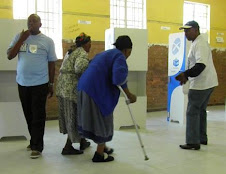











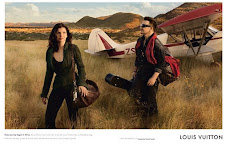


















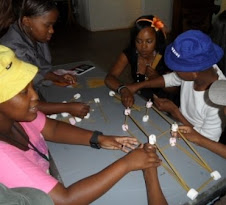














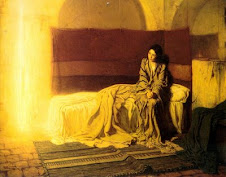













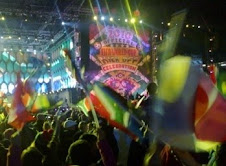






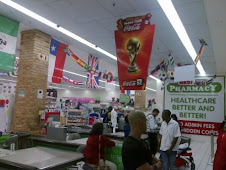






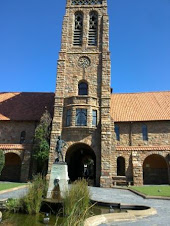











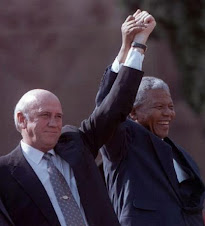.jpg)








No comments:
Post a Comment
Note: only a member of this blog may post a comment.